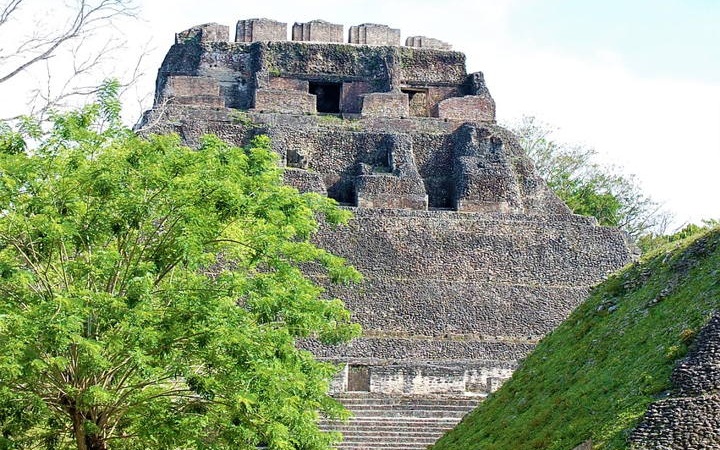Colombia is the second world-wide producer of coffee and has the greater Latin American carboniferous reserves.

The ruins of Xunantunich are located on the top of a hill with a view to the Mopan River in the Cayo district of Belize, it constitutes the most relevant archaeological site in the country and an important ceremonial center in the Classic Period that was abandoned gradually after having suffered an earthquake.
The name Xunantunich is derived from the Yucatecan Mayan language and means "woman of stone" and it is one of the best known historical sites of the country and with a great international interest.
Much of the legacy and treasures of the Xunantunich ruins were dispersed by a British medical officer who excavated it (but according to some, plundered) in the late 19th century, according to Ancient Origins; although later the work of a team of archaeologists from the University of Northern Arizona and the Institute of Archaeology at Belize, discovered the first royal tomb at the Mayan site of Xunantunich and one of the greatest of this civilization in Belize, reports National Geographic.
They are located 9 kilometers from San Ignacio at the top of a hill and you reach them after crossing the Mopan River. In the ruins the pyramid El Castillo stands out with 40 meters of height, the A-2 Square, the A-3 Square and some stone steles with some engravings.
The importance of the The ruins of Xunantunich began to increase between 700 A.D. and 900 A.D. despite the fact that the Mayans established themselves at the Early Preclassic period.
The name Woman of Stone comes from the legend of a woman a ghost that appeared constantly at the site. A villager from Saint Joseph Succotz claimed to have seen a beautiful woman of stone near the site while he was hunting. He described her dressed in the traditional Mayan clothing "huipil" and "pik".
Since then, many others have claimed that they have also seen the mysterious lady near The Castle, hence the name Maiden by the locals from the Rock.
The ruins of Xunantunich are located on the top of a hill with a view to the Mopan River in the Cayo district of Belize.

Colombia is the second world-wide producer of coffee and has the greater Latin American carboniferous reserves.